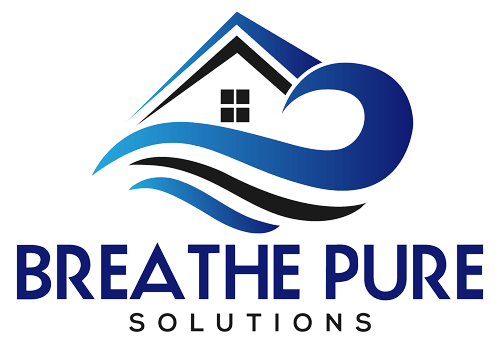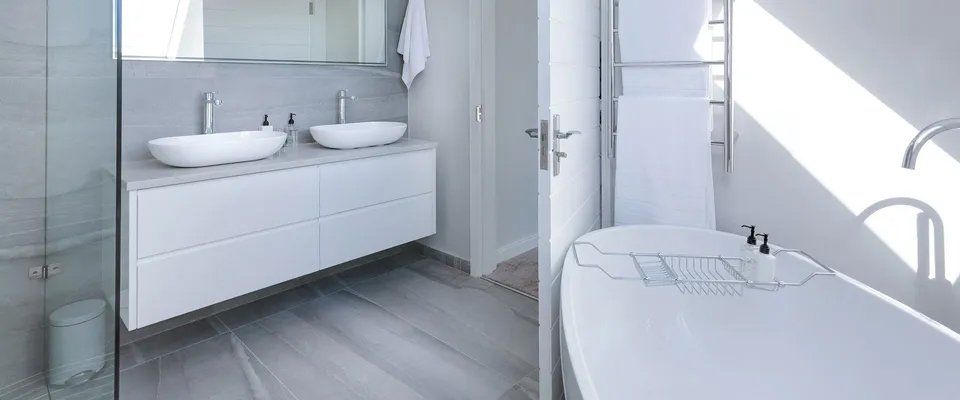Mold Remediation
By Ryan Taylor IF you are a human who breathes, you have probably seen funny black, pink, orange, brown, or white growth around a bathtub or shower. Usually you see it the grout or caulking, but sometimes you see it accumulate underneath a persistent drip in your leaky faucet. Once mold is visible in a building, it often requires professional remediation in order to eliminate it and stop it from growing back. BUT you can also use some simple techniques to eliminate lingering bathroom moisture and keep mold under control before it becomes a problem. Tools you may need:
- Stiff scrub brush
- Sponge
- Squeegee
- Face mask
- Cleaning gloves
Materials needed:
- Cleaning agent
- Grout Sealer
Eliminating lingering moisture Bathrooms in any climate are subject to higher moisture levels. If that moisture lingers for too long, mold will grow, and will be difficult to get rid of regardless of how often you clean. Eliminating linger moisture in your bathrooms is key to preventing new mold growth. To prevent lingering humidity and mold growth, follow these four steps:
Step 1: Clean No technique will prevent mold growth better than cleaning regularly. Waiting until you visibly see a need to clean will nearly always create an environment for mold to grow. Remove existing mold (both visible and not visible). While wearing sufficient protective equipment, use a cleaning agent to remove mold stains. Bleach is often recommended through hearsay to treat mold, but unfortunately it isn’t enough to do the job on its own. It is, however, very good at whitening the stains after the mold is killed. Consider combining household chemicals like hydrogen peroxide and white vinegar to create a mold-killing compound. Be sure not to spray the chemicals as inhaling them can harm your lungs. Use a stiff scrub brush and sponge to physically remove the stains as well as any mold that might have rested on any other surface. Wash any chemical residue down the drain.
Step 2: Squeegee After EVERY bath or shower, squeegee water off the shower or bathtub walls. This will significantly reduce the amount of water available to support mold and mildew growth. It will also allow the room to dry far more rapidly.
Step 3: Ventilate Depending on when and how your home was built, you may or may not have a bathroom fan. If you have a ceiling or wall fan installed, run the fan both during and for at least a half hour after you shower. This pulls air with high moisture out while pulling in drier air from other areas of your home. If you don’t have a fan, or if your fan is too small for your bathroom size, consider placing a fan in the bathroom window to pull humid air directly outside.
Step 4: Seal Grout and caulking fail. When mold is present, they fail even quicker. If you have caulking, pay close attention to its integrity. If it begins to crack or peal away from the surfaces, remove it, and replace with brand new caulking. If you have grout, you can waterproof it by sealing the grout lines annually with a standard sealer. If the grout is cracking or crumbling, you may be too late to repair it yourself.


